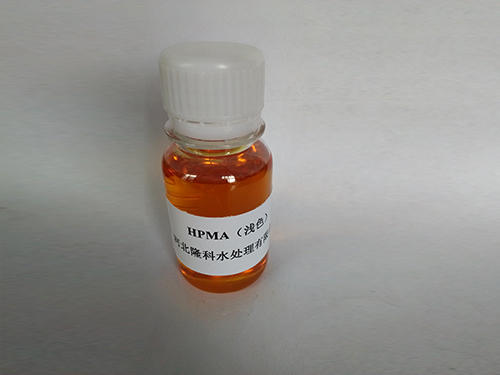function of poly aluminium chloride in water treatment
The Function of Poly Aluminium Chloride in Water Treatment
Water treatment is a critical process that ensures the availability of clean and safe drinking water. Various chemicals are employed in this process, one of which is Poly Aluminium Chloride (PAC). PAC is a widely used coagulant that plays a significant role in the removal of contaminants from water, improving its quality for consumption and other uses.
Poly Aluminium Chloride is an inorganic polymer comprised of aluminium hydroxide and aluminium chloride. Its formulation results in a highly soluble product that possesses excellent coagulating and flocculating properties. These characteristics make it particularly effective in treating water that contains suspended solids, organic matter, and other impurities.
The primary function of PAC in water treatment is to facilitate the coagulation process. When added to water, PAC dissociates into polymeric species, which interact with the suspended particles. This interaction causes the small particles to clump together, forming larger aggregates known as flocs. The increased size of the flocs allows for easier sedimentation and removal during subsequent filtration processes. This is critical in ensuring that the water is free from turbidity and other contaminants that could compromise its safety and aesthetic qualities.
One of the key advantages of using PAC is its efficiency at low doses compared to traditional coagulants like alum. This efficiency not only reduces the amount of chemical needed but also minimizes the generation of residual sludge, which can be a significant issue in water treatment facilities. Furthermore, PAC is effective over a wide range of pH levels, making it versatile for various water sources, including those that are acidic or basic.
function of poly aluminium chloride in water treatment

Another significant function of PAC is its ability to remove heavy metals and other toxic substances from water. As water often contains various pollutants, including metals such as lead, copper, and arsenic, PAC aids in their removal by binding to these contaminants. The resulting flocs precipitate out of the solution, allowing for cleaner and safer water. This function is particularly essential in treating industrial effluents and drinking water sourced from contaminated environments.
Additionally, PAC can enhance the disinfection process in water treatment. While PAC itself is not a disinfectant, its ability to remove suspended solids and organic materials can improve the efficacy of disinfection agents such as chlorine. By reducing the organic load, PAC helps to ensure that disinfectants work more effectively at lower concentrations, thus reducing the formation of harmful by-products that can arise from chemical disinfection processes.
Moreover, the use of PAC in water treatment can lead to significant cost savings. Its effective coagulation properties allow for reduced operational costs associated with sludge management and chemical consumption. Facilities can achieve high-quality water with lower overheads, making it an appealing option for municipal and industrial water treatment plants.
In conclusion, Poly Aluminium Chloride is a vital component in water treatment processes. Its primary functions as a coagulant enable the efficient removal of suspended solids, heavy metals, and organic contaminants, leading to cleaner and safer water. Given its efficiency, versatility, and cost-effectiveness, PAC continues to be a preferred choice for water treatment facilities globally. As concerns over water quality and safety become increasingly paramount, the role of PAC in ensuring access to safe drinking water cannot be overstated. Its application will remain significant in the ongoing efforts to improve water treatment processes and uphold public health standards in a rapidly changing world.
-
LK-319 Special Scale And Corrosion Inhibitor For Steel Plants: Advanced Solutions for Industrial Water SystemsNewsAug.22,2025
-
Flocculant Water Treatment: Essential Chemical Solutions for Purification ProcessesNewsAug.22,2025
-
Isothiazolinones: Versatile Microbial Control Agents for Industrial and Consumer ApplicationsNewsAug.22,2025
-
Scale Inhibitor: Key Solutions for Water System Scale PreventionNewsAug.22,2025
-
Organophosphonates: Versatile Scale Inhibitors for Industrial Water SystemsNewsAug.22,2025
-
Scale and Corrosion Inhibitor: Essential Chemical Solutions for Water System MaintenanceNewsAug.22,2025





